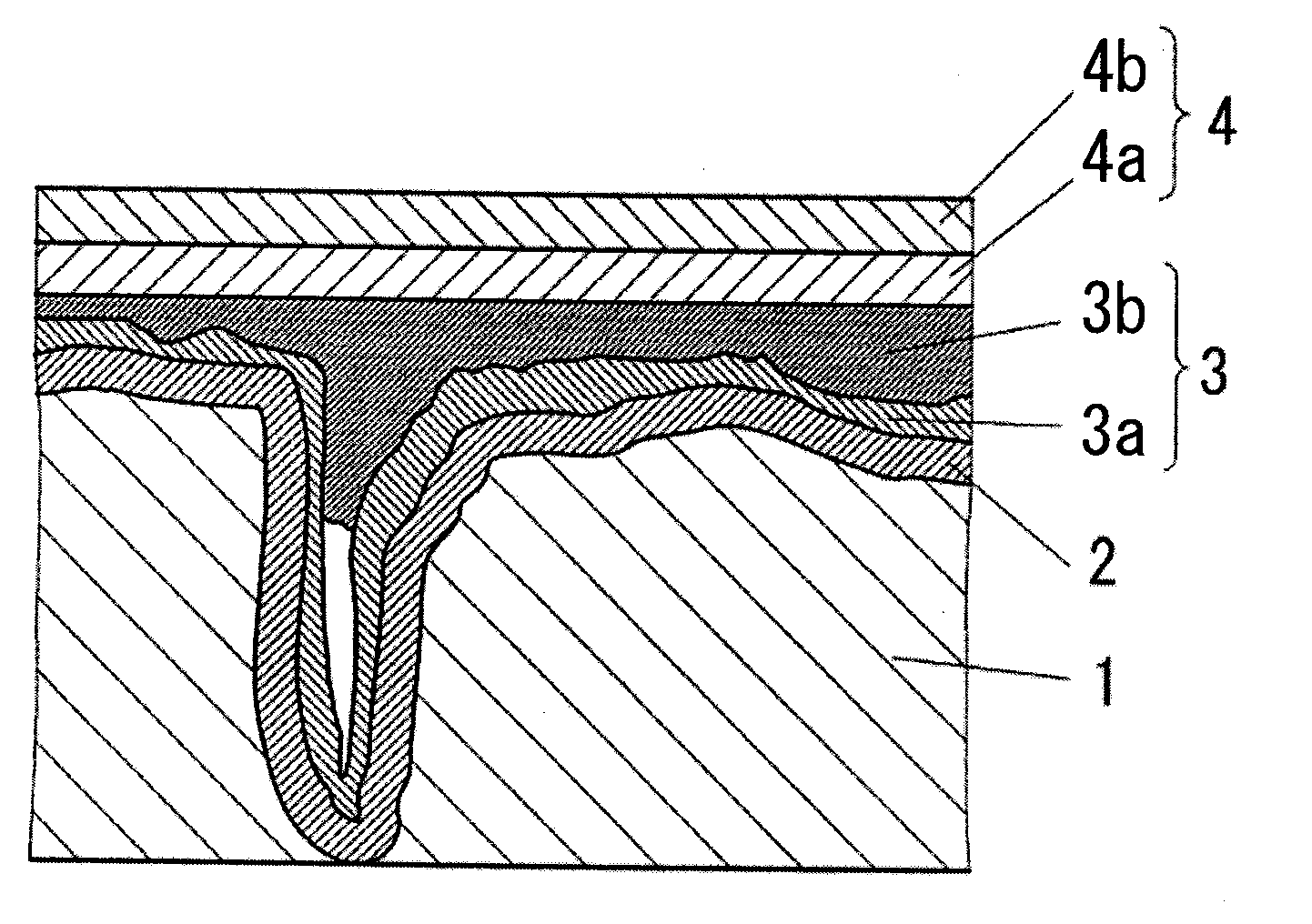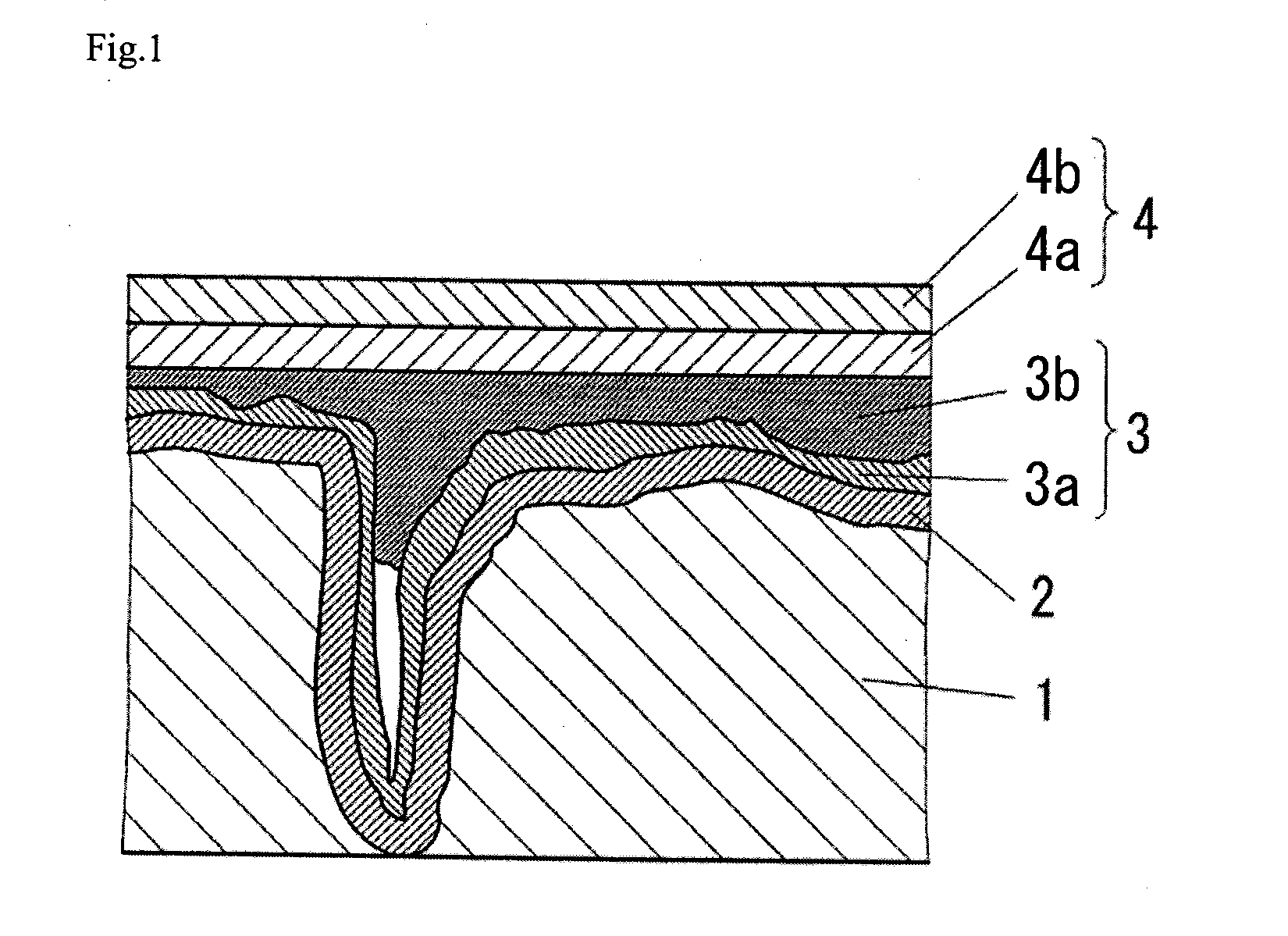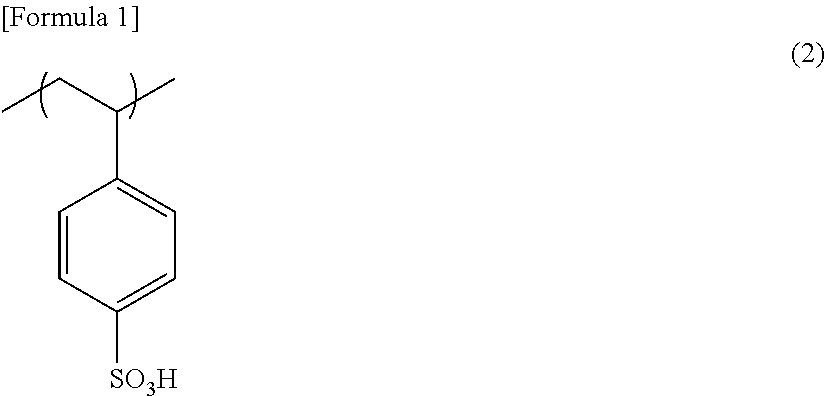Conductive polymer and method for producing the same, conductive polymer dispersion, and solid electrolytic capacitor and method for producing the same
a technology of conductive polymers and polymers, which is applied in the manufacture of electrolytic capacitors, non-metal conductors, electrolytic capacitors, etc., can solve the problems of poor reliability of conductive polymers, particularly the properties of conductive polymers in a higher humidity atmosphere, and difficult control of doping rate, etc., to achieve low esr and high conductivity
- Summary
- Abstract
- Description
- Claims
- Application Information
AI Technical Summary
Benefits of technology
Problems solved by technology
Method used
Image
Examples
example 1
[0068]8.1 g of erythritol as a compound of the formula (1), and 13.5 g of an aqueous solution containing 20% by weight of polystyrenesulfonic acid (weight average molecular weight: 14,000) as a sulfonic acid group-containing resin were introduced into 80 g of water, and the mixture was stirred at ordinary temperature for 30 minutes. Then, 6.68 g of 3,4-ethylenedioxythiophene as a monomer was mixed into this solution, and then, the solution was further stirred at room temperature for 30 minutes.
[0069]Then, 18.1 g of an aqueous solution containing 40% by weight of ammonium persulfate as an oxidant was added to this solution in equally divided amounts, five times, at intervals of 10 minutes, and then, the solution was stirred at room temperature for 50 hours to perform chemical oxidative polymerization to synthesize poly(3,4-ethylenedioxythiophene). At this time, the solution changed from yellow to black through light green, green, and light navy blue.
[0070]Then, this reaction solution...
examples 2 to 7
[0072]A conductive polymer was obtained as in Example 1, except that the compound of the formula (1), the sulfonic acid group-containing resin, and the sulfonic acid group-containing resin / monomer weight ratio were changed as shown in Table 1. The filtration rate (relative comparison) during the filtration and washing in collecting the polymer from the reaction liquid, and the yield and conductivity of the conductive polymer are shown in Table 1.
example 8
[0075]0.5 g of the conductive polymer obtained in Example 1, 50 g of water, and an appropriate amount of 0.5 mmφzirconia beads were introduced into a pot mill and wet-ground (stirred at 500 rpm for 24 hours) to obtain a conductive polymer dispersion. The obtained conductive polymer dispersion exhibited a dark navy blue color, and the pH thereof was 2.60. In addition, the particle size distribution of the conductive polymer particles dispersed in the conductive polymer dispersion was measured by a laser diffraction method, and their average particle diameter (D50) was 526 nm.
PUM
| Property | Measurement | Unit |
|---|---|---|
| Mass | aaaaa | aaaaa |
| Length | aaaaa | aaaaa |
| Particle size | aaaaa | aaaaa |
Abstract
Description
Claims
Application Information
 Login to View More
Login to View More - R&D
- Intellectual Property
- Life Sciences
- Materials
- Tech Scout
- Unparalleled Data Quality
- Higher Quality Content
- 60% Fewer Hallucinations
Browse by: Latest US Patents, China's latest patents, Technical Efficacy Thesaurus, Application Domain, Technology Topic, Popular Technical Reports.
© 2025 PatSnap. All rights reserved.Legal|Privacy policy|Modern Slavery Act Transparency Statement|Sitemap|About US| Contact US: help@patsnap.com



